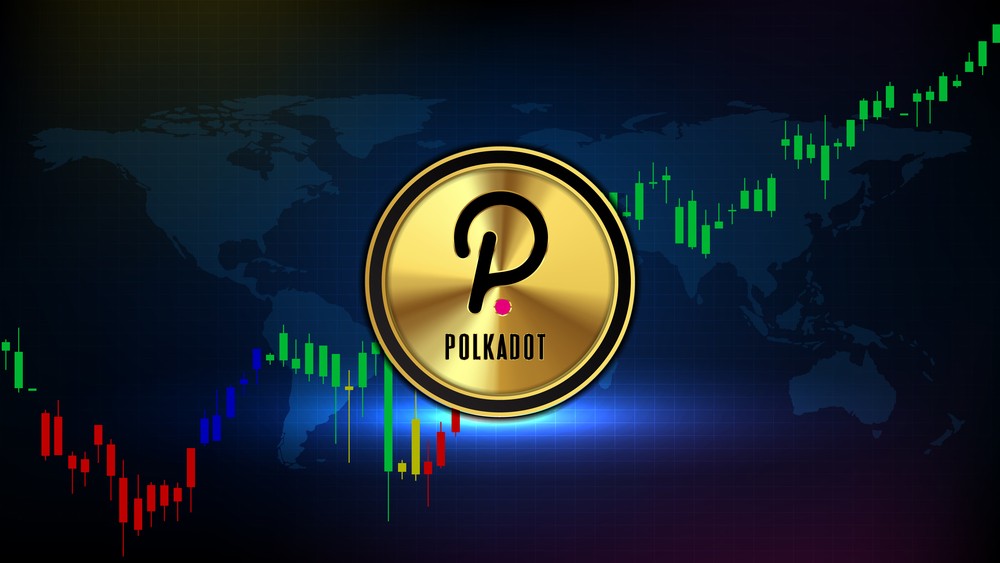After reaching its all-time high of $54.98 on November 4, 2021, the Polkadot (DOT) token price experienced a strong downtrend the following months. Its all-time low stood at $6,049 on July 12, 2022.
However, in the last month the DOT quote manifested a recovery that exceeded the resistance of $9.65, to correct up to $7.22 on August 19. That is, below the fifty-day EMA ($7.75) and the 20-day EMA ($8.45).
The previous movements show us a bullish and optimistic outlook in the short and medium term, if the DOT/USD pair manages to overcome the resistance of 9.68, then we would see the formation of the graphic pattern called “mug with handle”. This pattern is characterized by showing two rounded valleys in the shape of a U. The first of them would represent “the bottom of the cup” and the second “its handle”.
On the other hand, the way to overcome the “psychological” resistance of $10, faces key technical resistance levels. While a price break below the curved support of “the cup”, just as we see it approaching right now, could precede a drop to $6.25 (Support of June 13 that has resisted so far).
The implementation of XMC
A news that can boost the price of DOT upwards in the medium – long term is the launch of a system that allows communication between different Polkadot Blockchains. This system is called XMC and it is a messaging mechanism that will allow parachains to communicate with each other.
The launch of XMC promotes the interoperability of this ecosystem, since in practice it means an advanced synchronization between the projects and services that operate on this network. But beyond that, it positions Polkadot at the forefront of innovation in projects that seek to boost Blockchain interoperability.
It is worth noting that despite the fact that there are already other mechanisms called “bridges”, XMC is insured at the level of the “Relay Chain”. Moreover, such communication will not only allow communication between parachains, but also between smart contracts and time modules. This will make advanced functions such as the transfer of assets and data between chains possible, even between some non-Polkadot ones.
The most optimistic picture of this functionality is an increased interest in this ecosystem by companies, projects, organizations and developers interested in the construction of web 3.0: At least 415 projects were approved by the Web3 foundation at the end of July.
What happened to the parachain auctions?
It is also necessary to mention pessimistic factors that can lead to a decrease in the future price of DOT and one of them is the “shortage” of projects participating in the current auctions of the parachains:
Today, 08/20/2022, the auction round 19 – 25, has only three participants, of which three are already winners. This figure is quite far from the dozens of projects and participants with which the first auctions began. Similarly, the contribution of DOT tokens is much lower.
It is true that there is still more than a year to complete the blocking of tokens collected in the first auctions, however, by then Polkadot needs to get more interest and participation to compensate for the large amount of DOT that will be released from these first auctions.
Finally, it should also be mentioned that the implementation of auctions is still quite slow (a factor that can also be interpreted as positive for the security and development of this blockchain). But that for the increase in the price of DOT it is necessary to achieve greater speed, participation and contribution.
The question that long-term investors should ask themselves is: Will Polkadot achieve the necessary boom before the tokens locked in the first auctions are released?
Note: This post is not advice for buying or selling assets. The purpose of its content is only to offer relevant information about said cryptocurrency.
Author: Juan Pablo Duran
Relate

